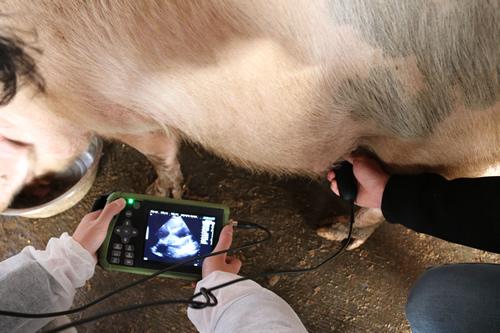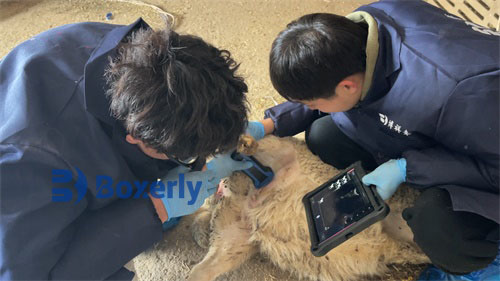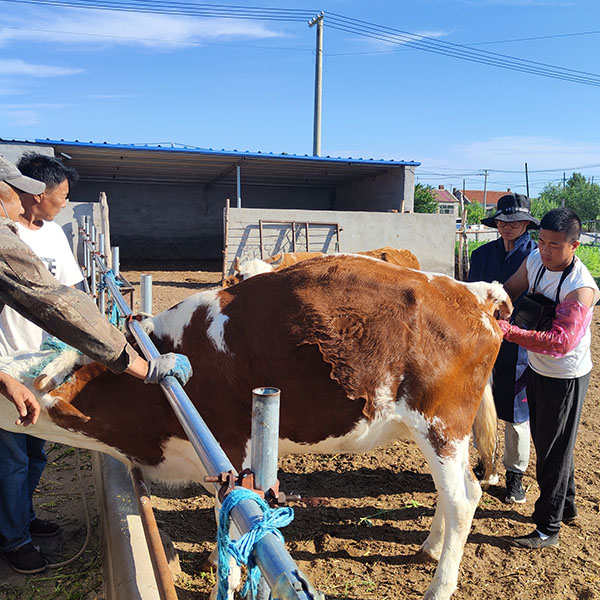Summer management of cattle farms should focus on grazing management. Adequate exercise and sun exposure during grazing, as well as the rich nutrients contained in grass, can promote the metabolism of cattle, improve reproductive function, increase milk production, and enhance the health of cows and calves.

Cows need to gradually transition from house feeding to grazing, usually requiring a transition period of 7-8 days. Before cows are driven to pasture for grazing, they should be pre fed with coarse feed, semi dry storage, and silage feed. The diet should have sufficient fiber to maintain normal rumen digestion. Imported cattle are observed for rumen condition using ultrasound. If there is little juicy feed in the winter diet, the transition period should be 10-14 days. The time gradually transitions from the initial grazing of 2-3 hours per day to the final 12 hours per day.
During the transition period, in order to prevent grass twitching, when the cattle herd switches from house feeding to grazing, it is not advisable to eat too much for the first week, and the grazing time should not be too long. At least 2kg of hay should be supplemented daily. Attention should be paid not to apply excessive potassium and ammonia fertilizers on pastures, but to increase the application of magnesium sulfate in areas prone to this disease. Due to the high potassium content and low sodium content in grass, special attention should be paid to the supply of salt to maintain the balance of sodium and potassium in cattle. The method of supplementing salt can be combined with feeding the cow's concentrate, or a salt tank can be set up at the cow's drinking place for them to lick freely. It is necessary to frequently use imported cattle for B-ultrasound observation.
The summer management of the cattle farm should frequently use imported cattle to measure the backfat thickness of cows using ultrasound, in order to grasp their physical condition. Green feed contains abundant crude protein, as well as various essential amino acids, vitamins, enzymes, and trace elements. Therefore, after grazing, the content of hemoglobin in the blood of cows increases, and there are more reserves of carotenoids and vitamins in the body, thus improving their resistance to diseases. By observing imported cows with ultrasound, it can also be seen that the reproductive organs of cows develop better at this time.








